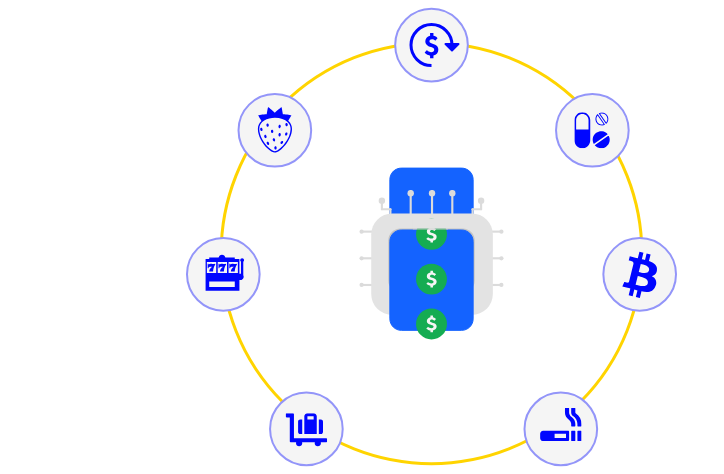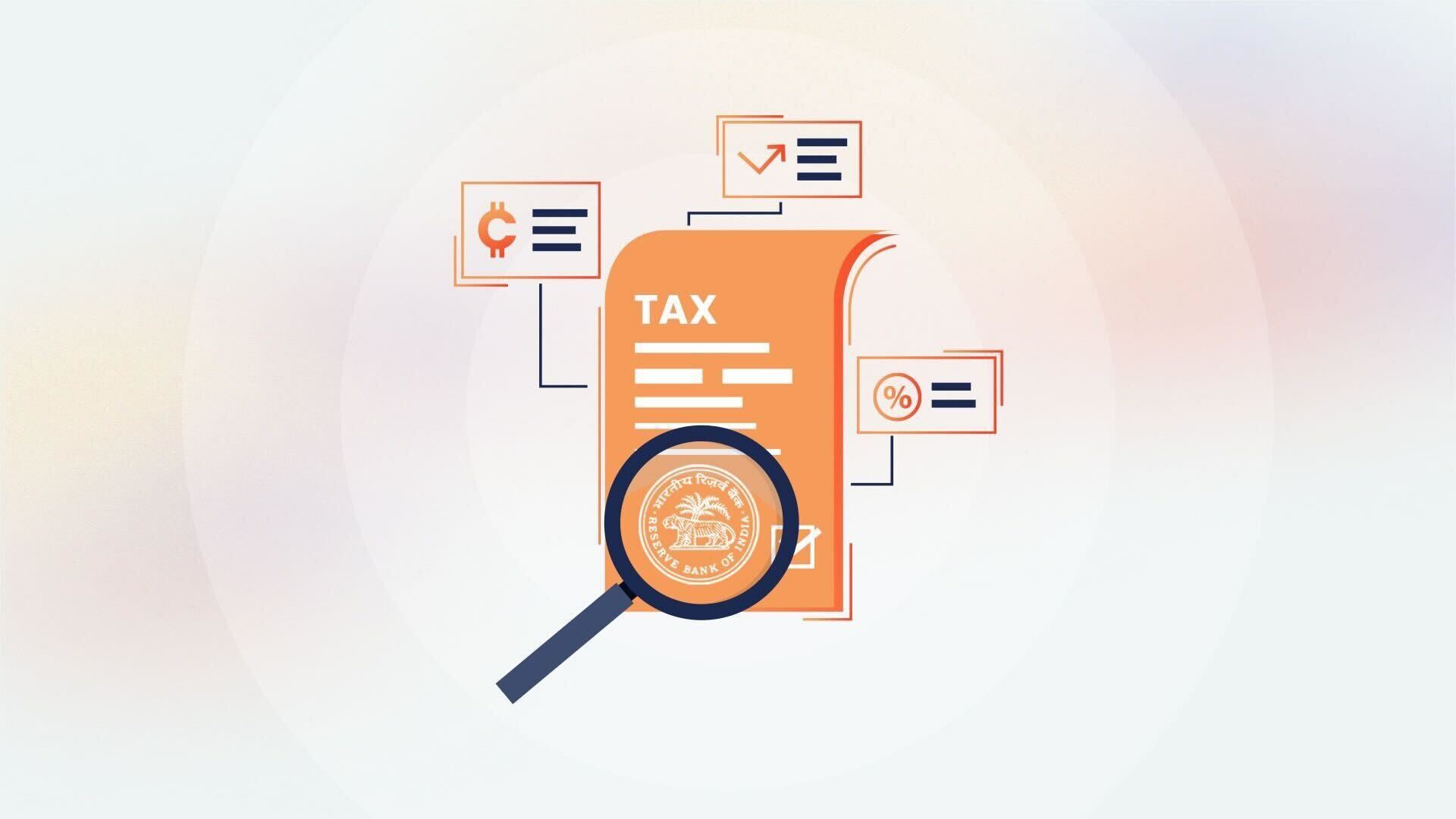AUTHOR: BABLI
DATE: 28/12/23
In the fast-evolving landscape of financial technologies, the emergence of high-risk Payment Service Providers (PSPs) dealing with virtual assets has captured the attention of the Indian market. These entities play a crucial role in reshaping the financial landscape, from cryptocurrency transactions to virtual wallets. Let’s delve into the intricacies of high-risk PSP virtual assets in India and understand the challenges and opportunities they bring to the forefront.
Introduction
The term “High-Risk PSP Virtual Assets” refers to financial service providers dealing with virtual currencies and assets that are considered high-risk due to their volatile nature. In the Indian context, this has become a significant aspect of the financial sector, influencing how transactions are conducted and managed.
Understanding Virtual Assets
Virtual assets encompass digital representations of value that are exchangeable or transferable. They include cryptocurrencies like Bitcoin, Ethereum, and virtual tokens representing real-world assets. Understanding the various types of virtual assets is crucial to navigating the high-risk landscape.
PSPs and Their Roles
Payment service providers (PSPs) are intermediaries facilitating financial transactions between users and merchants. In the context of virtual assets, PSPs[1] play a vital role in managing the flow of funds and ensuring secure transactions.

High-Risk Nature in India
The high-risk business[2] nature of virtual assets in India is primarily influenced by the regulatory environment and legal implications surrounding their usage. The Reserve Bank of India (RBI) and other regulatory bodies closely monitor and regulate transactions involving virtual currencies.
Challenges Faced by PSPs
PSPs operating in the virtual asset service provider[3] space encounter various challenges, including compliance and security concerns. Meeting regulatory requirements while ensuring the security of transactions poses a significant hurdle for these entities.
Impact on Financial Landscape
The influx of high-risk PSPs has led to notable changes in the financial landscape of India. Traditional banking systems are witnessing shifts in transaction patterns, with an increased reliance on virtual assets[4] for various financial activities.
Cryptocurrency and Virtual Assets
The relationship between cryptocurrency and PSPs is intricate, with the government maintaining a cautious stance on the use of cryptocurrencies. Understanding how these entities interact is crucial for both regulators and market participants.
Market Trends and Predictions
The market for high-risk PSPs in India[5] is dynamic, with notable trends indicating growth. Predictions suggest an increased reliance on virtual assets for financial transactions, making it essential for stakeholders to stay abreast of market developments.

Mitigating Risks
To thrive in the high-risk landscape, PSPs must adopt strategies to minimize risks. Compliance best practices, coupled with robust security measures, are essential for navigating the challenges associated with virtual assets.
Global Comparisons
Analyzing the landscape of high-risk PSPs in other countries provides valuable insights. Lessons learned from international markets can inform the Indian market on best practices and potential pitfalls.
Security Measures
The importance of robust security protocols cannot be overstated. Innovations in virtual asset security, including advancements in blockchain technology, are crucial for maintaining the integrity of transactions
Consumer Awareness
Educating users about the risks and benefits of high-risk PSPs is a key responsibility for entities operating in this space. Building trust among consumers is essential for the sustainable growth of virtual asset transactions.

Emerging Technologies
Technological advancements, such as artificial intelligence (AI) and blockchain, are shaping the virtual asset landscape Integrating these technologies into the operations of PSPs can enhance security and efficiency.
Future Regulatory Changes
Anticipating regulatory changes is crucial for high-risk PSPs in India. Staying ahead of the curve and preparing for future compliance requirements ensures the sustainability of these entities in a rapidly evolving regulatory environment.
Conclusion
In conclusion, the realm of high-risk PSP virtual assets in India is marked by challenges and opportunities. Understanding the intricacies of virtual assets, navigating regulatory landscapes, and implementing robust security measures are essential for the sustainable growth of these entities in the Indian market.
FAQs
- Are virtual assets legal in India?
- Virtual assets operate within a regulatory framework, with specific guidelines from regulatory bodies.
- How do high-risk PSPs ensure the security of transactions?
- High-risk PSPs implement robust security protocols, including encryption and multi-factor authentication.
- What is the government’s stance on cryptocurrency in India?
- The government maintains a cautious stance, with ongoing discussions about the regulatory framework for cryptocurrencies.
- Can consumers trust high-risk PSPs with their financial transactions?
- Building consumer trust is a priority for high-risk PSPs, and they employ various measures to ensure the security and reliability of transactions.
- What role do emerging technologies play in the virtual asset landscape?
- Emerging technologies, such as AI and blockchain, enhance the security and efficiency of virtual asset transactions.

